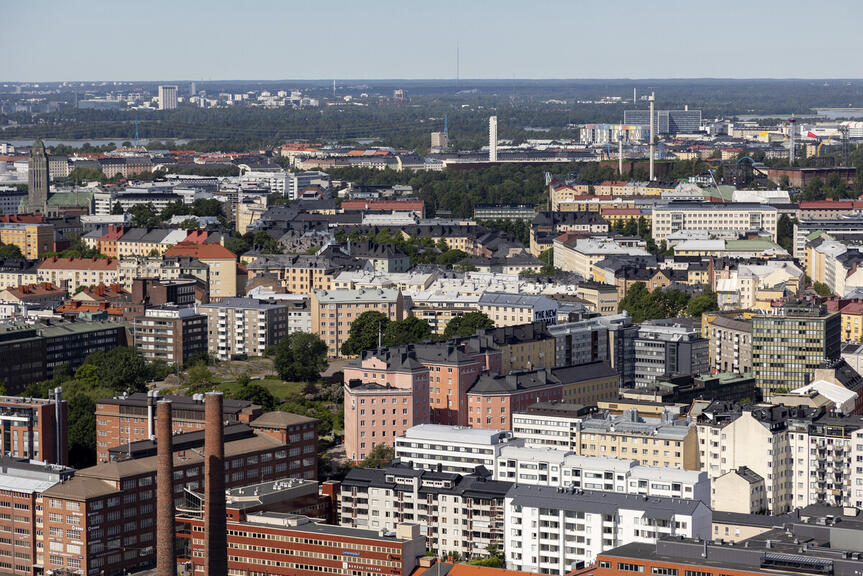
Segregation in the supply and availability of labour is deepening
The key finding of the report is intense consolidation of jobs and labour in the six largest cities and metropolitan areas. Whereas the number of jobs in critical industries in the six largest metropolitan areas increased by 50,000 in the 2010s, in the rest of the country jobs in these sectors decreased by 14,000. The report specified as critical sectors those with the greatest shortage of jobs, i.e. industry, construction, the social and healthcare sector, education and training, ICT, and the accommodation and restaurant sector. Despite this trend, provinces in the six largest cities had fewer starting positions in these branches than their share of the population and trend in jobs would require. This disparity was especially pronounced in the social and healthcare sector. For the future of all of Finland, it is important that the segregation of the labour market is recognised and that the special features of cities and the growth they generate are enhanced. Finland cannot afford to undermine its positive growth on grounds related to regional policy.
“The trend in jobs has not been manifested in how resources on educational policy have been divided, which indicates inefficient use of education resources in relation to the needs of the labour market. It is clear that the number of students admitted to universities and vocational training in growth centres must be increased permanently in the next government term. Cities must also use all means possible for meeting the needs of working life. The procedure for authorisations to provide vocational training must be pared down, because at present this is not necessarily permitted in sectors with a shortage of labour”, says Juhana Vartiainen, the mayor of Helsinki.
Work-based immigration is key in improving availability of labour
The report draws a picture of an increasingly diversified Finland. The number of foreign-language speaking inhabitants doubled in the whole country in the 2010s, and a forecast suggests it will double further in 2022–2040. The growing foreign-language population will mostly live in the large metropolitan areas. Immigration specifically is crucial in terms of the future need for labour, because growth of the working-age population is based exclusively on foreign-language speakers. Without foreign-language speaking people moving to cities, the whole country’s labour structure threatens to collapse; in the upcoming government term it is necessary to invest in services for foreign-language speakers and to comprehensively consider this group’s special needs in large cities, in particular.
“We must now, at the latest, realise that we need to attract international experts who will live here permanently and do work that supports their integration. This is why the resources for this work must also be permanent, not at risk of being cut off every year in the worst case scenario. We must also improve Finnish society’s attractiveness and ability to accept new arrivals. For this reason, taking the matriculation examination in English must be possible because it enables students to complete their whole education path in English”, says Anna-Kaisa Ikonen, the mayor of Tampere.
The importance of work-based immigration is also underscored by the pressure of retirement. Critical sectors in the six largest cities employ approximately 84,000 people who will retire by 2030. The most intense retirement pressure is in education and training and in social and healthcare services.
“Now we need all means possible to accelerate and facilitate immigrants’ access to working life. At present, it takes too long to recognise education obtained abroad and to register the right of professionals, such as social and healthcare personnel, to practise their profession. Work permits must also be processed more quickly in the future”, says Ritva Viljanen, the mayor of Vantaa.
Background information about the report
The six largest cities ordered a report from the consulting firm MDI on the need for labour in the six largest cities and metropolitan areas now and in the near future. The report published today looks at the need for labour and focuses on sectors with a shortage of labour that are critical for the cities, i.e. industry, construction, the social and health care sector, education and training, ICT, and the accommodation and restaurant sector. The report also reviews the general labour trend and takes account of forecasts for the number of foreign-language experts.


